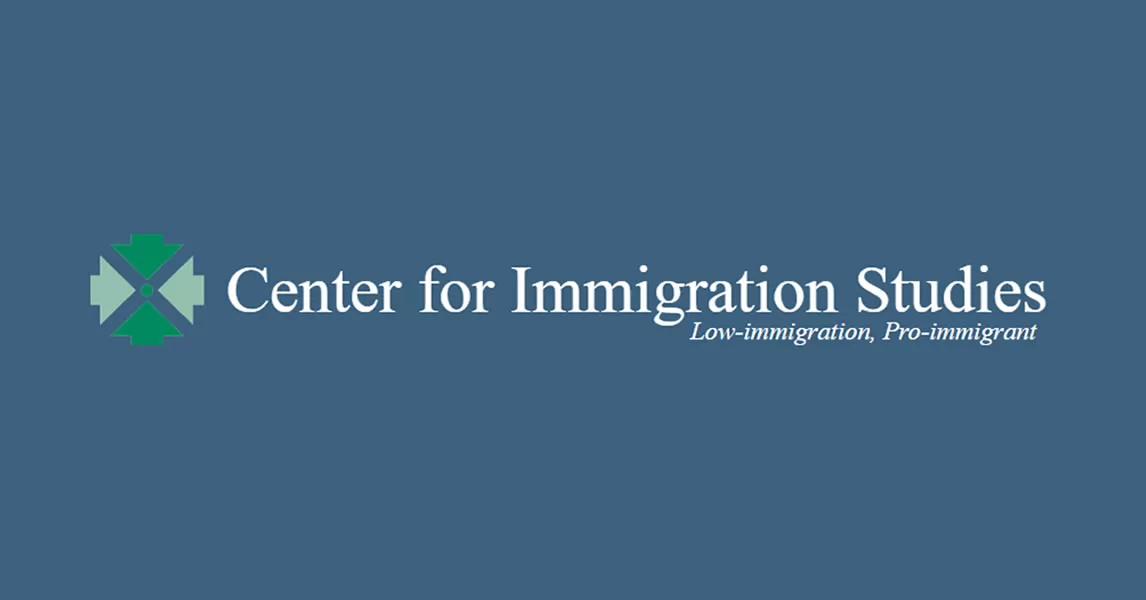The immigration system provides a mine of data, not to my knowledge previously explored, as to the differing quality of migration from various nations. (Maybe it has been neglected because it deals with a controversial subject.)
I think it is fair to assume that a relatively high level of naturalization is a success symbol, while apprehensions and expulsions are signs of failure. I would also suggest that latter category includes high usage of the K-1 visa, so often linked to marriage-related immigration fraud, and of U visas issued to crime victims and alleged crime “victims”. This leaves total migration as a neutral measure against which the other measures can be compared.
All of this implies that special care should be given to admission decisions made about people coming from nations with high rankings in the apprehension and expulsion, and U and V visa, categories, an implication that will be soundly resisted by the advocates of an open-door migration policy. Some nations can be regarded as having higher portions of troubled migrants than others, and this is a valid policy concern. We should devote more resources to sorting through flows of would-be migrants from nations that send us higher numbers of the troublesome aliens.
If all nations had similar portions of good- and bad-news migrants a listing by the five variables noted above would be consistent, with only their place in an alphabetical list distinguishing them: Country A would be on the top of all of the five listings and country Z would be at the bottom of all the tallies. This is distinctly not the case.
There happen to be, scattered through unrelated migration studies, lists of the top-10 nations on each of these scales showing their rankings, organized in the table below, by, initially, total legal migration.
Five Different Nation-of-Origin Rankings on the Quantity and the Quality of Migration, with the 10 Leading Nations on Each Scale
|
| Nation of Origin |
Total Legal Migration |
Total Naturalizations |
Total Apprehensions and Expulsions |
Total U Visas (Top Six Only) |
Total K-1 Visas |
| Mexico |
1st |
1st |
1st |
1st |
4th |
| India |
2nd |
2nd |
|
5th |
|
| China |
3rd |
7th |
|
|
6th |
| Dom. Rep. |
4th |
5th |
|
|
3rd |
| Philippines |
5th |
3rd |
|
|
1st |
| Cuba |
6th |
4th |
3rd |
|
|
| El Salvador |
7th |
9th |
|
2nd |
|
| Vietnam |
8th |
6th |
|
|
2nd |
| Brazil |
9th |
|
10th |
|
9th |
| Colombia |
10th |
10th |
|
|
7th |
| Jamaica |
|
9th |
|
|
|
| Guatemala |
|
|
2nd |
3rd |
|
| Honduras |
|
|
4th |
4th |
|
| Venezuela |
|
|
5th |
|
|
| Nicaragua |
|
|
6th |
|
|
| Colombia |
|
|
7th |
|
|
| El Salvador |
|
|
8th |
|
|
| Haiti |
|
|
9th |
|
8th |
| Ecuador |
|
|
|
6th |
|
| UK |
|
|
|
|
5th |
| Canada |
|
|
|
|
10th |
Sources: Columns 2, 3, and 4, respectively, from tables 3, 21, and 34, of the “Yearbook of Immigration Statistics 2022”, DHS; column 5, “U Visa Demographics”, USCIS, March 2020; column 6, “Top 20 Countries for K-1 Visa Issuances, 2017”, Rapidvisa.com.
|
What can we learn from these sources? The first thing to notice is that the country rankings for total legal migration and total naturalization are very close to each other; Brazil makes the cut (of 10) in the total migration category, while not joining the top-10 naturalization countries, and Jamaica does the reverse.
The one ranking puzzle is China, which is No. 3 in legal migration but only No. 7 in naturalization; why do the Chinese want to come here as immigrants but do not often take the next step and become citizens? I do not have an easy answer. It is the only one of the 10 top migration nations whose full territory was not once part of a European empire (with the localized exceptions of Macau and Hong Kong.) It is also the only one where most of the inhabitants speak a non-European language, and the one where voting is more of a rarity than in the others. (India’s education programs are often given in English.)
When we compare the rankings in the second and third columns with those in the fourth column on apprehensions and expulsions, the findings are quite different, as those getting in trouble with DHS are largely from this hemisphere — the Indians and the Chinese, while numerous in the total migration categories, are much less likely to run afoul of immigration authorities. They seem, on average, to have higher education levels than those who are apprehended.
The last column, on the troublesome K-1 visa, is different from all rest. The visas, as I suggested before, are strictly optional and are issued only when the citizen will not go to the alien’s homeland to be married, and the alien will not, or cannot, come here for the marriage, all of which suggests — in many cases — a hidden lack of commitment.
Methodological Note. Using top-10 rankings for this examination turns out to be interesting, but perhaps not as useful as a comparison of the percentages in each of the five categories, which may be the subject of another posting. The rankings relate to the numbers of migrants in each of the five categories, not their proportions, so Mexico (with the exception of the K-1 visa) comes in first no matter what the percentages would show.













